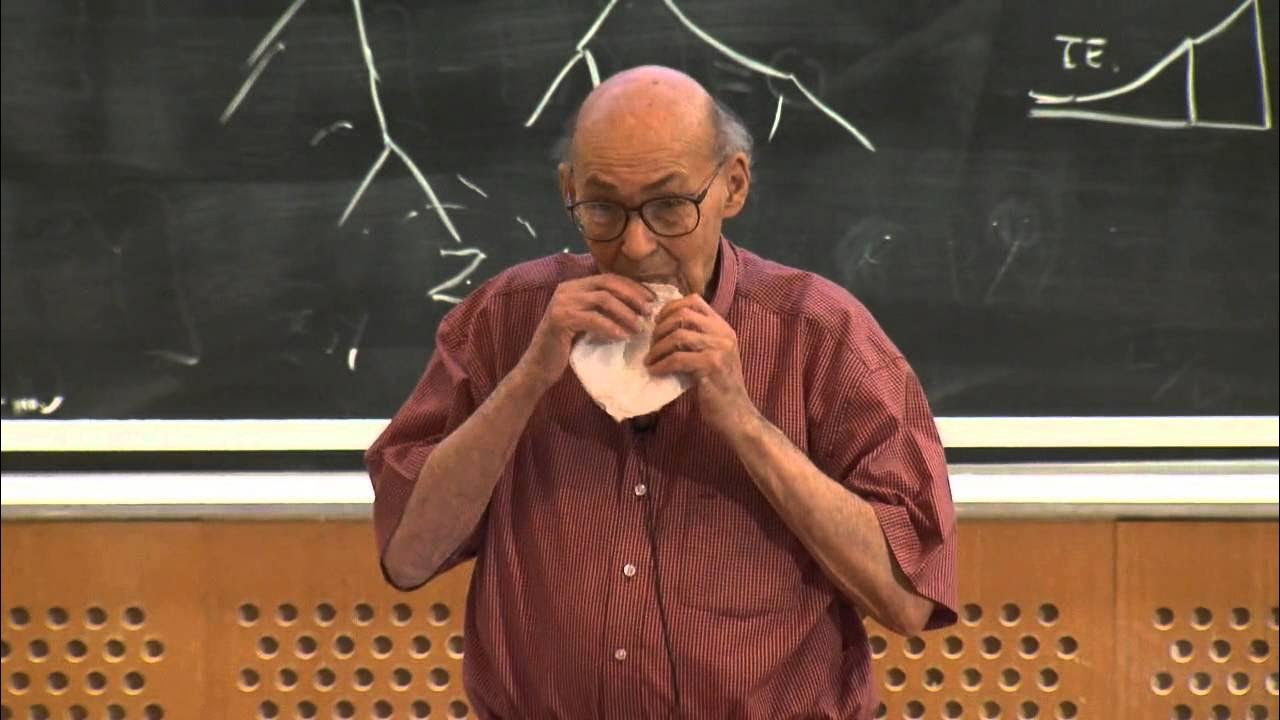What Is Life History Theory? | Fast vs Slow, R-Selected vs K-Selected, Examples, & More!
Summary
TLDR欢迎来到Olivia的YouTube频道,她在这里探讨了人类学和生物学中的一个重要主题——生活史理论。Olivia毕业于UCLA,拥有人类学学位和进化医学辅修,她以浅显易懂的方式介绍了生活史理论的概念。生活史理论是一种分析框架,用于研究不同生物体的生活史策略的多样性,以及这些生活史周期变化的原因和结果。Olivia解释了生活史策略,包括出生时的体型、生长模式、成熟年龄和体型、后代数量、性别比例、特定年龄和大小的繁殖投资、特定年龄和大小的死亡率以及寿命等七大特征。通过比较人类、大象、老鼠、鱼等不同生物的生活史策略,她展示了快速生活史策略和慢速生活史策略之间的差异。快速生活史策略的生物体产生更多后代,寿命较短,而慢速生活史策略的生物体则产生较少后代,寿命较长。Olivia鼓励观众如果对深入探讨生活史理论感兴趣,可以留言要求制作第二部分视频。
Takeaways
- 🎓 Olivia 是一位毕业于UCLA的人类学和进化医学领域的视频博主,致力于在她的YouTube频道上分享人类学知识。
- 🔍 生活史理论是生物学和生物人类学中一个重要的研究领域,用来解释生物的生活周期。
- 📚 生活史理论是一个分析框架,用于研究不同生物使用的生活史策略的多样性,以及它们生命周期变化的原因和结果。
- 🐘 人类和大象等大型动物属于慢生活史策略(K选择),它们成熟晚、生育后代少、寿命长。
- 🐦 老鼠、鱼类和昆虫等小型动物属于快生活史策略(r选择),它们成熟快、生育后代多、寿命短。
- 🔑 生活史策略包括七个主要特征:出生时的体型、生长模式、成熟年龄和体型、后代的数量和性别比例、特定年龄和大小的繁殖投入、特定年龄和大小的死亡率以及寿命。
- 🧩 这些特征在不同生物中聚集成相似的模式,形成了快生活史策略和慢生活史策略两种趋势。
- 🌐 快生活史策略的生物倾向于有更高的死亡率和较短的寿命,而慢生活史策略的生物则有更低的死亡率和较长的寿命。
- 👶 出生时的体型、生长速度和寿命等特征是决定生物生活史策略的关键因素。
- 🤔 生物在自然选择的影响下,不断地在不同的生活史策略之间权衡不同的取舍。
- 📈 Olivia 提供了关于生活史理论的基础知识,并鼓励观众如果对更深入的内容感兴趣,可以留言要求制作第二部分视频。
Q & A
什么是生活史理论?
-生活史理论是一种分析框架,旨在研究不同生物在世界范围内使用的生命史策略的多样性,以及它们生命循环中变化的原因和结果。
生活史理论主要研究哪些方面?
-生活史理论主要研究生物的生命循环,通过模式识别来理解生物的生命周期,并识别不同生物之间在生命史策略上的相似性和差异。
生活史策略包括哪些主要特征?
-生活史策略包括出生时的体型、生长模式、成熟年龄和大小、后代数量和性别比例、特定年龄和大小的繁殖投入、特定年龄和大小的死亡率以及寿命等七个主要特征。
什么是快生活史策略和慢生活史策略?
-快生活史策略的生物体通常体型较小,产生更多后代,死亡率高,寿命较短。而慢生活史策略的生物体,如人类和大象,体型较大,产生的后代较少,寿命较长,死亡率较低。
为什么不同的生物会采取不同的生活史策略?
-不同的生物采取不同的生活史策略是因为它们在自然选择的过程中权衡了不同的生存和繁殖的权衡,这些权衡是无意识的,是数百万年自然选择的结果。
如何理解'r-选择'和'K-选择'这两个术语?
-'r-选择'指的是那些采取快生活史策略的生物,它们倾向于快速繁殖和高死亡率。'K-选择'则指的是那些采取慢生活史策略的生物,它们倾向于产生较少的后代,但有更长的寿命和更低的死亡率。
生活史理论如何帮助我们理解人类和其他动物的相似性与差异?
-生活史理论通过识别不同生物在生命循环中的模式,帮助我们理解为什么某些生物如人类和大象会有类似的生命史策略,例如成熟时间较长、体型较大、产生的后代较少,而其他生物如老鼠和鱼类则采取不同的策略。
生活史理论在生物学和人类学中的重要性是什么?
-生活史理论在生物学和人类学中非常重要,因为它提供了一种理解和解释不同生物生命循环多样性的方法,有助于我们深入研究生物的进化、生态适应和生存策略。
为什么生活史理论对于人类学和生态学的学生来说很重要?
-生活史理论对于人类学和生态学的学生来说很重要,因为它是理解人类和其他生物进化、适应环境和生存策略的关键理论之一,有助于构建对生物多样性和生态相互作用的深入理解。
生活史理论是否适用于所有生物?
-生活史理论提供了一种广泛的框架来研究不同生物的生命史策略,尽管存在一些例外,但总体上它适用于大多数生物,帮助科学家们识别和理解生物在生命循环中的模式和趋势。
视频作者Olivia提到了哪些生物作为生活史策略的例子?
-视频作者Olivia提到了人类、大象、老鼠、鱼类和昆虫等作为生活史策略的例子,用以展示不同生物采取的快生活史策略和慢生活史策略。
Outlines

This section is available to paid users only. Please upgrade to access this part.
Upgrade NowMindmap

This section is available to paid users only. Please upgrade to access this part.
Upgrade NowKeywords

This section is available to paid users only. Please upgrade to access this part.
Upgrade NowHighlights

This section is available to paid users only. Please upgrade to access this part.
Upgrade NowTranscripts

This section is available to paid users only. Please upgrade to access this part.
Upgrade NowBrowse More Related Video

Mooc_Penghayatan Etika & Peradaban_ Topik 1- Bahagian 4

16. Search for America - Human Fulfillment with Paul Tillich and Mark van Doren

Seminar discussion: problems of the transition from school to university

7 THINGS YOU MUST KNOW BEFORE ENTERING MEDICAL UNIVERSITY IN RUSSIA | MBBS IN RUSSIA

AI, Man & God | Prof. John Lennox

3. Cognitive Architectures
5.0 / 5 (0 votes)
